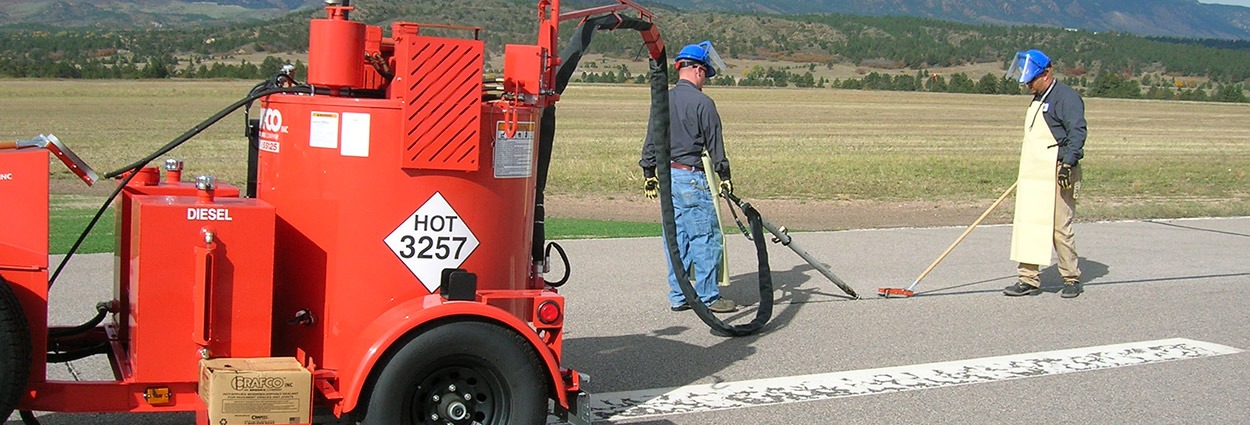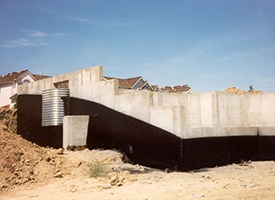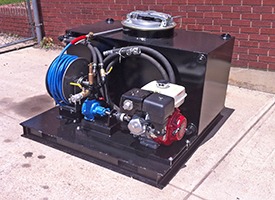 Quality Material, Parts & Customer Service
Quality Material, Parts & Customer Service Crack Sealing Materials & Equipment
Crack Sealing Materials & Equipment High Performance Cold Mixes
High Performance Cold Mixes HDPE Drainage Pipe & Fittings
HDPE Drainage Pipe & Fittings Pavement Repair Materials
Pavement Repair Materials Concrete Repair Materials
Concrete Repair Materials Asphalt Repair Materials
Asphalt Repair Materials Pavement Adhesion Promoters
Pavement Adhesion Promoters Application Equipment.
Application Equipment. Waterproofing Products
Waterproofing Products
Denver Industrial Sales and Service Company Inc. (DISSCO) is a manufacturer and supplier of quality materials and application equipment providing parts, sales, service and rentals with superior customer service to the Rocky Mountain Region since 1949.
DISSCO is a second-generation family owned and operated organization where our number one goal is customer satisfaction. We appreciate you taking the time to check us out and if you cannot find the information you need, please feel free to call us at our toll free number at 877.935.2485.





